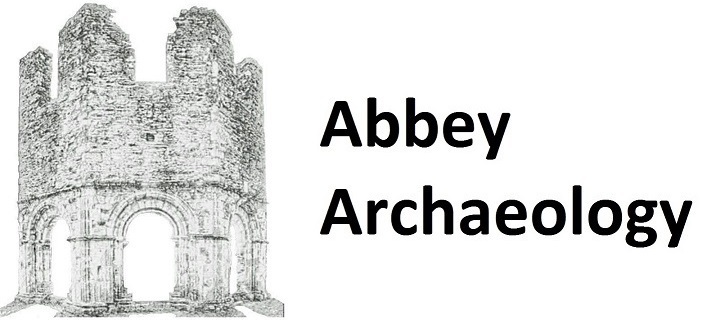What is Zooarchaeology?
Zooarchaeology is the study of the interaction between humans and animals throughout history. It encompasses a range of topics, from early human hunting practices to exploring the origins of domestic dogs. The questions most often addressed in zooarchaeology include:
- What type of meat do people eat, and how much of it?
- Did they obtain meat by hunting or farming animals?
- What other interaction did they have? Were animals treated as pets or gods, or were humans the ones being hunted?
When an animal dies, it leaves behind faunal remains - bones, shells, etc. These remains become significant to zooarchaeologists when they show signs of human involvement. Examples of this may include their discovery in archaeological contexts, such as bones being disposed of in a pit after a meal, marks on the bones indicating butchery, or even the burial of pets. We can understand how humans and animals interacted in past cultures by studying how these bones were deposited and modified.
We offer a variety of services to our clients.
On-Site:
Our team of zooarchaeologists are experts in distinguishing between animal and human remains, as well as identifying articulated burials or deposits. We can provide guidance on the best practices for excavation, sampling, recording, and collection.
Analysis and reporting:
We examine the bones, identify the species, and observe any pathologies and modifications present. With larger sample sizes, we can gather more information about the interaction between humans and animals. We create a zooarchaeological report using this data and details on feature type and dating. Each report is customised to fit the client's needs and is intended to be incorporated into the larger site report.
Training/Outreach:
Our zooarchaeologists can help train your excavation staff to identify animal bones and assist with osteological outreach at events.
To arrange an osteological site visit, commission a report or request training or outreach please Contact us.



